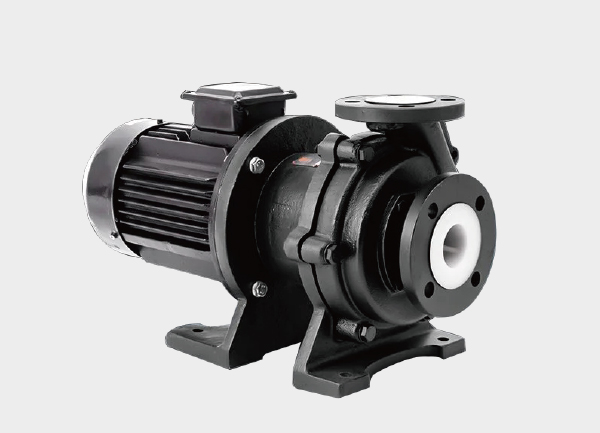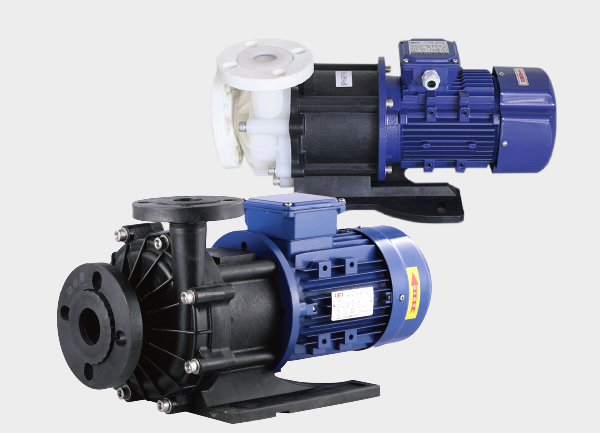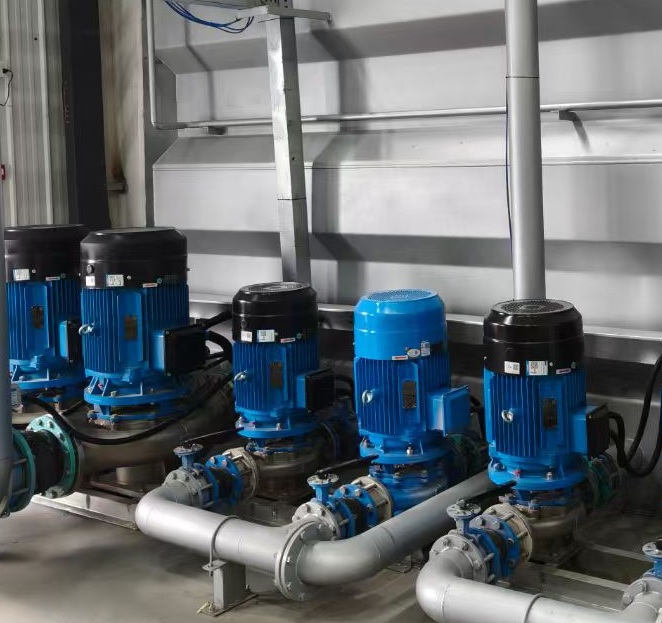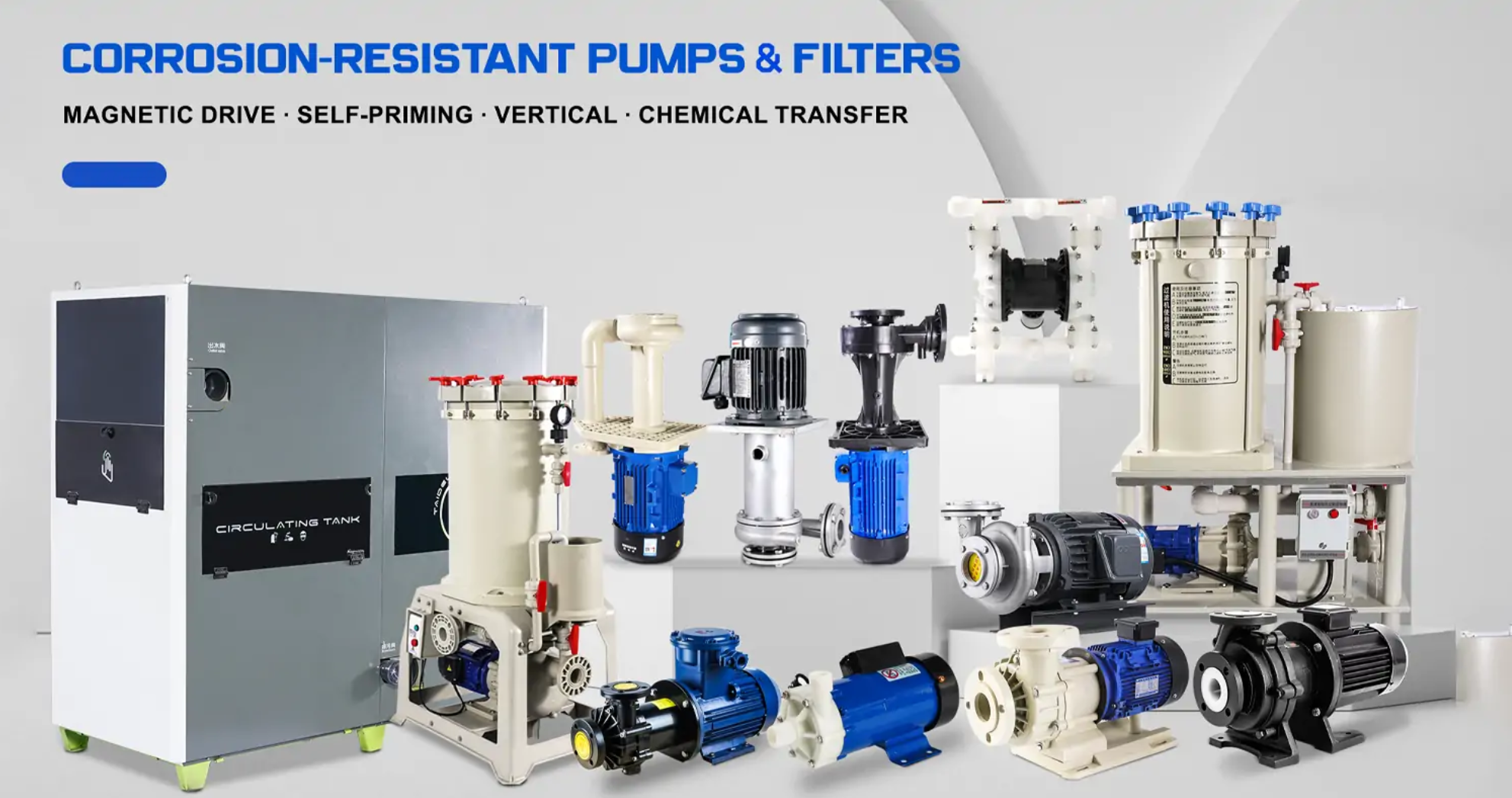Chemical pumps are critical in modern chemical, pharmaceutical, and industrial processes. However, due to complex operating conditions—such as handling corrosive, high-temperature, or particle-laden fluids—pumps are prone to operational issues. This guide details the most common problems, their root causes, diagnosis, and corrective measures.
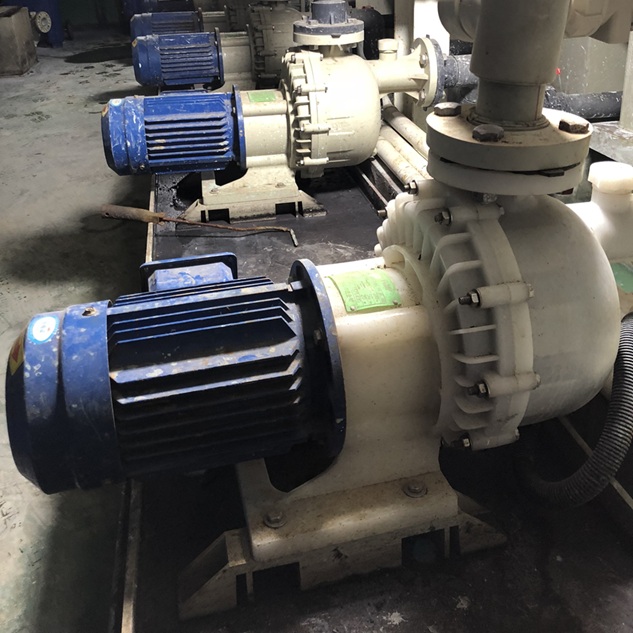
1. Performance Abnormalities: Low Flow or Pressure Issues
Performance issues are the most visible problems in chemical pumps, typically manifested as insufficient flow, inadequate pressure, or failure to prime. The causes and troubleshooting logic are summarized below:
| Problem | Root Causes (Chemical Industry Context) | Field Diagnosis | Corrective Measures |
|---|---|---|---|
| Pump fails to prime (air binding) | – Leaks in suction flange or valves, allowing air ingress (especially under negative pressure conditions) – High volatility of fluid causing vaporization in the pump chamber after shutdown – Suction lift exceeds Net Positive Suction Head (NPSH); high-viscosity fluids at low temperatures increase suction resistance | – Open the pump vent and observe for continuous air bubbles – Feel the suction pipe for “air sounds” instead of liquid flow | 1. Inspect all suction line seals; replace gaskets or PTFE tape as needed 2. Fully vent the pump before starting; pre-fill pump chamber if necessary (except for self-priming pumps) 3. Reduce pump installation height or raise suction tank level |
| Flow/Pressure drops | – Impeller wear due to abrasive particles or corrosive media – Clogging in flow paths from impurities (e.g., polymer or crystal deposition) – Increased internal leakage due to worn wear rings (normal clearance 0.1–0.3mm; >0.5mm indicates severe leakage) | – Disassemble pump to inspect impeller for wear, cracks; measure wear ring clearance – Compare inlet/outlet pressure: low outlet with normal inlet suggests leakage or blockage – Check suction filters; ΔP > 0.05 MPa indicates blockage | 1. Replace impeller (choose material based on media: wear-resistant alloy for solids, Hastelloy/PTFE for corrosive fluids) 2. Clean flow paths and suction filters 3. Replace worn wear rings and maintain designed clearance |
| Performance fluctuation (intermittent flow/pressure) | – Fluid viscosity or temperature instability (e.g., resins or coatings during reaction) – Air pockets in suction lines forming intermittent blockages – Sticking of outlet valve core due to debris | – Monitor fluid parameters (viscosity meter, temperature sensors); compare with pump design limits – Listen for “gurgling” noises in pipes, indicating air pockets | 1. Stabilize fluid conditions (heat tracing, inline mixers) 2. Install vent valves at high points for periodic air release 3. Clean or replace valves; consider anti-clog designs (eccentric rotary valves) |
2. Seal Leakage: Critical Safety Hazard
Chemical pumps often handle toxic or flammable fluids, making seal integrity essential. Pumps typically use mechanical seals or packing seals, with different failure causes and troubleshooting steps.
2.1 Mechanical Seal Leakage (80% of seal failures)
| Cause | Industry-Specific Factors | Field Diagnosis | Corrective Measures |
|---|---|---|---|
| Seal face damage | – Abrasive particles (catalyst powder) causing scratches – Strongly corrosive fluids (e.g., HF) causing pitting on seal face – Inadequate cooling for high-temperature fluids (>200°C) | – Disassemble seal and inspect for scratches, pitting, or shiny spots (overheating) – Check cooling system: ΔT across seal ≤3°C (normal), >5°C indicates insufficient cooling | 1. Replace seal faces (C/C for particle-laden, graphite/SiC for corrosive) 2. Install fine filters (<50 μm) upstream 3. Clear cooling water lines and ensure sufficient flow |
| Auxiliary seal failure | – Seal O-ring material incompatible with media (e.g., NBR in solvents, FKM in hot strong alkali) – Installation damage (scratched pump shaft or improper tools) | – Inspect O-rings for swelling, cracking, or hardening – Check shaft surface for burrs | 1. Select compatible seal materials (PTFE-coated for solvents, perfluoroelastomer for strong alkali) 2. Smooth shaft surface and use proper installation tools |
| Spring failure | – Crystallization (salt, ammonium nitrate) restricting spring movement – Corrosion of spring material (common in seawater) | – Inspect spring for rust, deformation, or crystallization – Test spring flexibility manually | 1. Periodically flush seal chamber with compatible liquid 2. Replace springs with corrosion-resistant materials (316L stainless steel or Hastelloy) |
2.2 Packing Seal Leakage
Packing seals are common in older pumps. Minor leakage is acceptable, but excessive leakage (>10 drops/min) requires attention. Causes include worn packing, wrong material, or improper gland compression.
Corrective measures:
Tighten gland bolts evenly (¼ turn at a time)
Replace packing with appropriate material (PTFE for corrosive fluids, graphite for high temperature)
Replace worn shaft sleeve if scratched
3. Excessive Vibration and Noise
Vibration can originate from mechanical or fluid sources and can accelerate pump component fatigue.
3.1 Mechanical Vibration
Common causes:
Coupling misalignment: Radial deviation >0.1 mm, axial deviation >0.05 mm.
Diagnosis: Dial indicator measurement; listen for knocking sounds.
Solution: Realign with laser alignment, tighten foundation bolts with lock nuts.Bearing wear: Due to degraded lubricant, insufficient lubrication, or high loads.
Diagnosis: Check bearing temperature (>80°C) or unusual noise; disassemble for inspection.
Solution: Replace bearings (heavy-duty, e.g., self-aligning roller bearings), follow proper lubrication schedule, shorten grease interval in high-temperature operation.
3.2 Fluid-Induced Vibration
Cavitation: Low suction pressure, high fluid temperature, or excessive suction resistance.
Diagnosis: High-pitched screeching noise, impeller pitting, outlet pressure fluctuations.
Solution: Increase suction tank level, cool fluid, enlarge suction pipe diameter, or use anti-cavitation impellers.Pipe resonance: Pump frequency matches pipe natural frequency; sudden diameter changes increase flow velocity.
Diagnosis: Vibrations follow pump speed; adjusting valve partially reduces vibration.
Solution: Add supports in the pipeline, use gradual diameter transitions.
4. Motor Issues: Pump’s Power Source
4.1 Motor Overload
Causes: Excessive pump load (high flow/low head), high fluid density, or internal obstruction.
Diagnosis: Current exceeds rated by 10%+, motor surface temperature >60°C.
Solution: Reduce outlet valve opening, adjust flow to rated range, remove obstruction, or upgrade motor for high-density fluids.
4.2 Motor Burnout
Causes: Long-term overload, electrical faults, or seized bearings.
Diagnosis: Burnt smell, insulation resistance <0.1 MΩ, motor cannot start or trips.
Solution: Replace motor winding, check electrical connections, replace bearings.
5. Golden Rules for Troubleshooting Chemical Pumps
External before internal: Check pipelines, valves, filters, electrical parameters, and cooling systems before disassembling the pump.
Measure first, then diagnose: Compare inlet/outlet pressure, flow, motor current, and bearing temperature against rated values to pinpoint faults.
Media-specific focus: Corrosive fluids → check impeller and seal materials; particle-laden fluids → check wear parts; high-temperature fluids → check cooling and lubrication.
This structured approach ensures safe, efficient, and long-lasting operation of chemical pumps, while minimizing downtime and maintenance costs.



